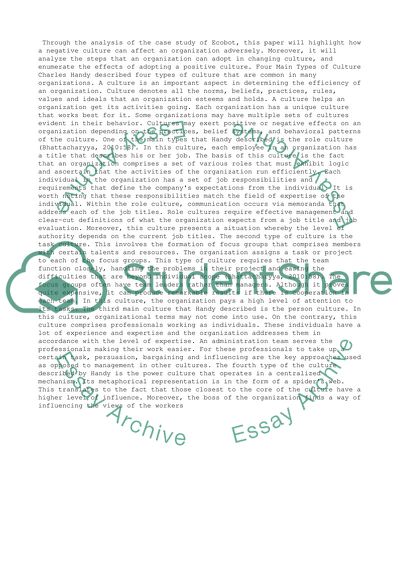Cite this document
(“Bottling it Through Not ''Bottling it '' Essay Example | Topics and Well Written Essays - 1750 words”, n.d.)
Bottling it Through Not ''Bottling it '' Essay Example | Topics and Well Written Essays - 1750 words. Retrieved from https://studentshare.org/management/1467566-bottling-it-through-not-bottling-it-
Bottling it Through Not ''Bottling it '' Essay Example | Topics and Well Written Essays - 1750 words. Retrieved from https://studentshare.org/management/1467566-bottling-it-through-not-bottling-it-
(Bottling It Through Not ''Bottling It '' Essay Example | Topics and Well Written Essays - 1750 Words)
Bottling It Through Not ''Bottling It '' Essay Example | Topics and Well Written Essays - 1750 Words. https://studentshare.org/management/1467566-bottling-it-through-not-bottling-it-.
Bottling It Through Not ''Bottling It '' Essay Example | Topics and Well Written Essays - 1750 Words. https://studentshare.org/management/1467566-bottling-it-through-not-bottling-it-.
“Bottling It Through Not ''Bottling It '' Essay Example | Topics and Well Written Essays - 1750 Words”, n.d. https://studentshare.org/management/1467566-bottling-it-through-not-bottling-it-.


